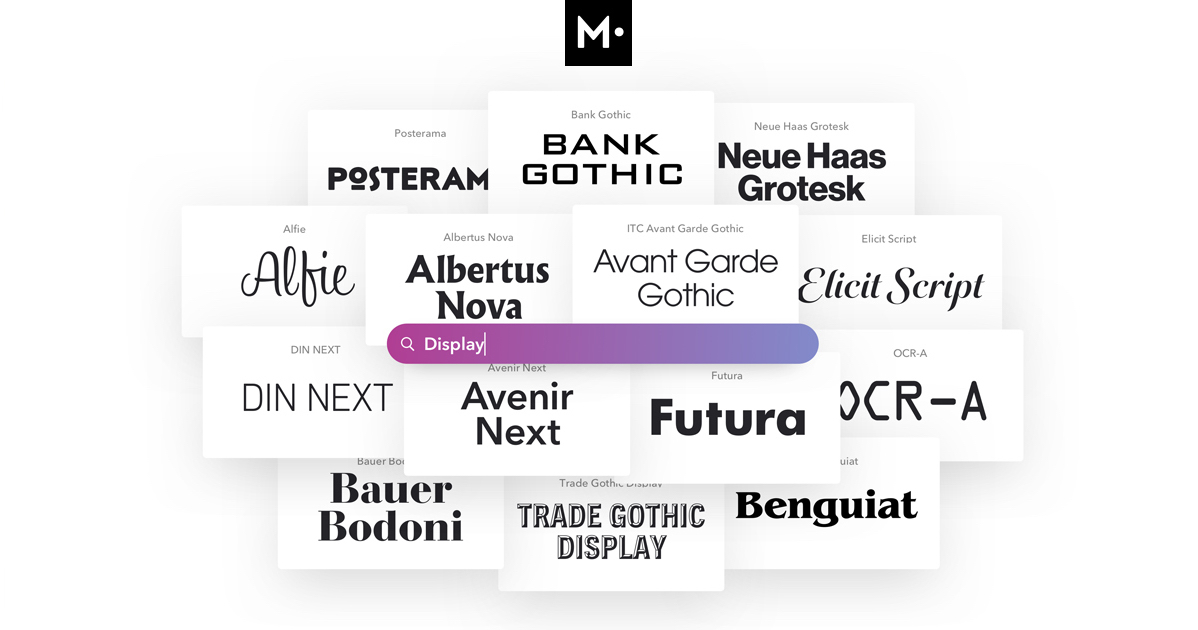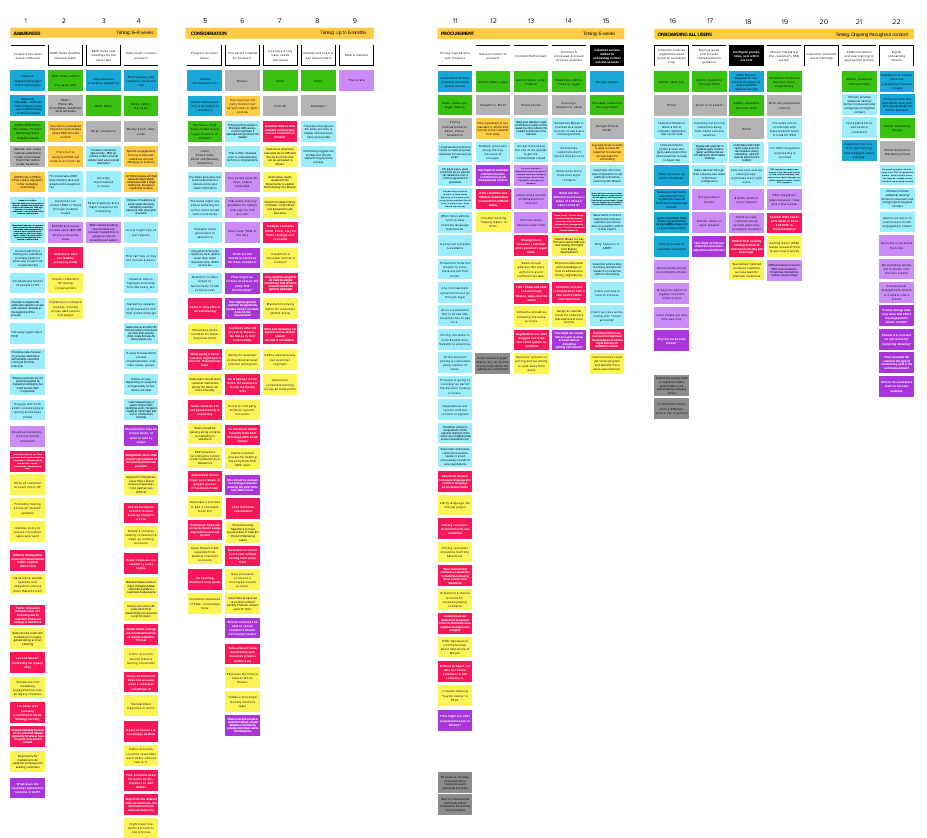
Monotype
Font SaaS Research
OVERVIEW
Team
Monotype Product Development
Product Type
Web Application
Project Duration
10 weeks
Role
UX Researcher
Approach
Discovery Research, Evaluative Research
Tools
Usertesting.com, Mural, Excel
Methods
In-depth Interviews, Heuristic Analysis, Service Design Workshops
Exploring Opportunities to Enhance a New Typeface Licensing Service
Introduction
Monotype provides a single source for designers and type administrators to browse fonts and manage type licenses. Ascribing typeface rights is an age-old industry. Perhaps as old as Monotype itself, which was founded over a century ago. Needless to say, Monotype was leaping into a whole new world when it decided to streamline font management and launch a new software-as-a-service.
The Challenge
Monotype's SaaS provided access to a library of licensed fonts. However, one year after the SaaS launched, the renewals for the service were lower than expected. Monotype's SaaS product team wanted to understand the possible reasons 'why' with human-centered user research.
Research Methods
My research approach combined evaluative and generative methods:
- Heuristic Analysis: to assess the platform's key interfaces and userflows, I used industry-standard UX evaluation methods and systems such as those provided by NN/group, Fitt's Law, and Hick's Law.
- Customer Interviews: to understand Monotype's platform and service from the perspective of customers, I conducted 60-minute interviews with 5 customers.
- Stakeholder Workshops: To align internal teams on the research findings and collaboratively develop solutions, I co-facilitated a two-day service design workshop with key stakeholders from Product, Design, Marketing, Sales, Customer Service, and Account Management.

Incorporating research insights and stakeholder feedback into a service map.
Key Insights
The research uncovered several key insights:
- Usability Issues: The heuristic analysis revealed usability problems impacting navigation, accessibility, and search.
- Misaligned Expectations: Customer interviews highlighted a disconnect between pre-sales expectations (of streamlined font management) and the reality of using the platform.
- Workflow Friction: Customers felt the platform added friction to their workflows, increasing the time required to select fonts.
- Service Gaps: The customer journey mapping exercise revealed gaps in the overall service experience, including inconsistent communication and limited support resources for new users.
- Internal Alignment: The workshop highlighted the need for better internal alignment between different teams (Marketing, Sales, Product, Design, Customer Service) to ensure a consistent and positive customer experience throughout the entire journey.
The Solution
The research insights directly informed several improvements:
- SaaS Feature Roadmap Re-prioritization: The stakeholder workshop resulted in a re-prioritization of the near-term SaaS feature roadmap, focusing on addressing the identified usability issues and workflow friction.
- Enhanced Customer Support Services: The workshop also led to improvements in customer support services to better manage customer expectations and provide assistance with the platform.
- UX Updates: Based on the heuristic analysis and customer feedback, UX updates were implemented to improve wayfinding, accessibility, and search functionality, creating a more intuitive platform and enhanced user experience.
Results and Impact
The implemented UX updates and service enhancements resulted in a more intuitive platform and enhanced user experience. The project successfully aligned internal teams and led to concrete improvements in the platform and customer support services, addressing the core issues contributing to low renewal rates. The re-prioritized roadmap and enhanced support services laid the foundation for future improvements and increased customer satisfaction.
Key Learnings
This project demonstrated the power of integrating UX research with service design principles to address complex challenges. It is essential, from the beginning, to understand each service touchpoint, and align internal teams around a shared vision to create a seamless and satisfying experience. In future projects, I would prioritize mapping the service touchpoints and facilitating cross-functional collaboration early in the design process to proactively identify and address potential service gaps.